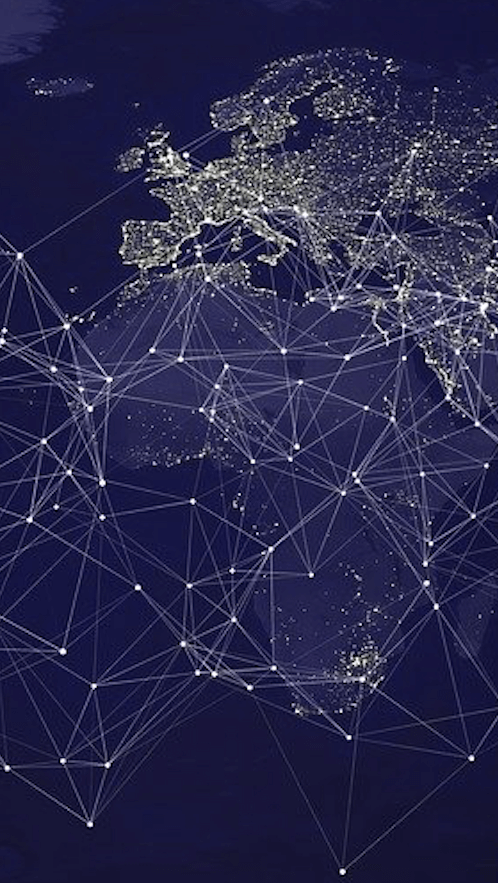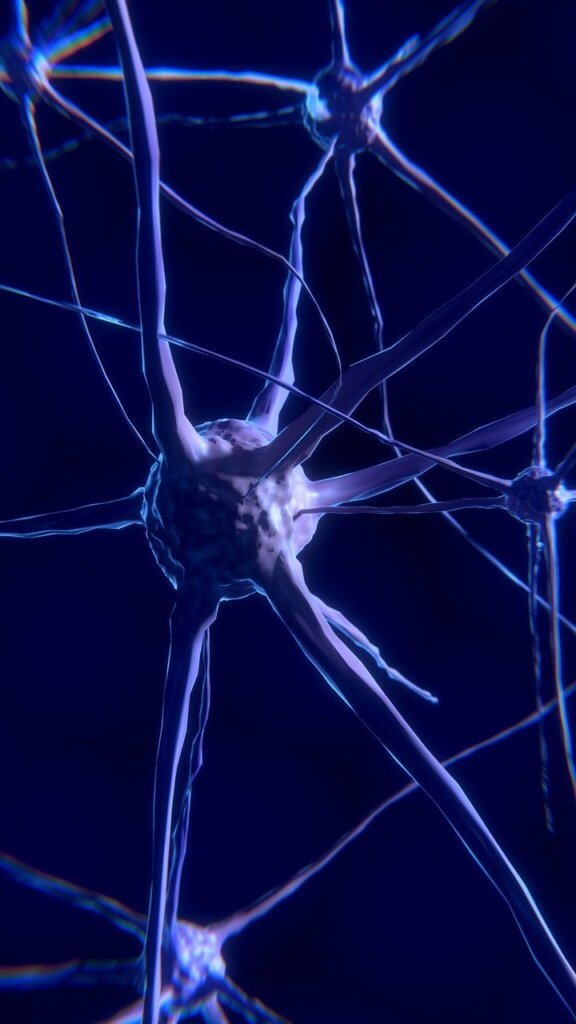Thought Processes, Neuroscience and Transhumanism: Welcome to the Economy of Thinking!
By Lucas Perez, CEO of Health My Project
Advent of a world dominated by thought processes
Thought processes are omnipresent in our daily lives and some even go so far as to say that we produce between 60,000 and 80,000 thoughts a day. Having said that, these statements are to be taken with a grain of salt because they are not based on a common definition of what thought is. Therefore, would quantifying thinking be a myth?1
Thinking is both a neural pathway and an unconscious functioning. This unconscious functioning, which is complementary to organic functioning, generates our emotions, ideas and creativity that gradually shape the world of today and tomorrow. Although an American study in 2017 succeeded in tracing the formation of a “thought” within our brain2, the symbolic thought processes potentiated in dreams remain a field of study that is still little studied by the neurosciences.
Neurosciences have studied the functions of sleep on our biological state such as our muscle tone at rest or its medium- and long-term pathological consequences in the development of cancer and cardiovascular disease. However, the function of dreams is just as important to study and will prove to be a determining factor in understanding the dynamics of human thought processes in their relationship to themselves and to others.
Thus, in more than 200 years, we have moved from an economy based on the productive value of the body, with the predominance of the agricultural and industrial sectors, to an economy centered on the work of thought, with the tertiary sector as its standard bearer.
The emergence over the last 40 years of information and communication technologies seems to have accelerated the transformation of this hybrid economy of the body and thought towards an exclusive economy of thinking.
We are now living in a transition economy where thought processes are developing massively and are ineluctably tending towards what we call the Economy of Thought. This exclusive economy of thought is not the work of technological progress. It is the work of man himself!3

Will Man’s future be played out in his cerebral space?
Neural Mechanics Vs Unconscious Mechanics!
We were saying that thought processes are omnipresent in our daily life. However, we can rightly wonder what a thought is.
According to the neurosciences, a thought is the product of the neuronal electrical activity of our brain. However, although the brain is the biological organ of our thoughts, the development of emotions, creativity and ideas seems to take place at another level.

In addition to the neuroscientific approach studying the thought processes in certain areas of the brain such as the prefrontal cortex, other approaches in the humanities and social sciences today allow us to say that our thought processes are largely unconscious. As early as the 19th century, psychoanalysis and the work of Sigmund Freud conceptualized two levels of psychic functioning, namely primary and secondary processes4. The first would function under an irrational and associative register while the second would be determined according to associations in relation to the real. To scientifically corroborate this psychic pathway, researchers at the University of Michigan developed the Geometrical Categorization Task, postulating that the logic of the primary process establishes associations based on superficial attributes such as colors or shapes. Secondary processes, on the other hand, make similarity judgements based on a contextualized and total analysis of an object or word5. This research and creation of thought analysis tools is more in the realm of clinical psychology and the study of the causes of thought.
Consequently, neuroscience takes a behaviorist approach to the study of thought and action. Thus, the neuroscientist will study how humans anticipate by a millisecond the action that will trigger the act of writing, speaking or playing a musical instrument6. He may also study and develop, in cooperation with other disciplines such as mechatronics, functional solutions, as was the case in October 2019 with a young quadriplegic who was able to command by thought a neuro-prosthesis that enabled him to walk a few meters again. This feat achieved by a team of researchers from the Clinatec Research Centre in Grenoble further strengthens the progress in the field of direct neuronal interface, also known as brain-computer interface (BCI)7.
The relationship between neural mechanics and unconscious mechanics should not be contrasted. These two mechanics evolve at different degrees and registers. One on the register of the conscious and the other on the unconscious register.
The debate as to whether thought is located in the brain or in a fully-fledged psychic entity will persist. In any case, the future of Man will be played out on both the organic and psychic levels.
The somato-psychic balance of Man can be seen as an indicator of physical and mental health, providing overall information about the “good health” of a civilization. On the basis of this postulate, the virtuality or even the increase in the functional and physiological capacities of humans could be questioned.
Analysis of transhumanism regarding the processes of civilization
Transhumanism is a current of thought and a set of techniques aimed at improving for some and optimizing for others the physical and/or cognitive capacities of humans.
This ideological movement is the subject of many debates divided between the fear and the fascination of seeing one day a rational superman, animated by a desire for power in the Nietzschean sense of the term8. Although decried by some, transhumanism can be synonymous with scientific progress, as we have seen with the Neuralink project of the famous Californian entrepreneur Elon Musk. This man-machine interface device aims to couple human intelligence with an artificial intelligence capable of extracting and inducing information through a device implanted in the brain. Although deep brain stimulation is not new, dating from the 1980s-1990s, the miniaturization of the electrodes and the processing of neuronal information have been greatly improved. Thus, the idea of increasing human consciousness has enabled scientific development and continuity innovation potentially beneficial to civilization and its most fragile subjects. This is the case for Parkinson’s patients, for whom deep brain stimulation can detect or even act on their tremors.
Through the research conducted by Calico, a subsidiary of Alphabet Inc. (Google) on the longevity of rats defying mathematical laws9, we could see an act of civilization. An act of civilization arising from the fact that humans try to understand their external environment by studying the biological processes of the animal. The use of research results for biomimicry will raise questions about its purposes.
The success of thought processes and therefore of civilization could also be analyzed with regard to the relationship of Man to virtuality and to the time of use of connected products and services. It has been proven that virtuality and hyperconnectivity can worsen the mental load of Man10, which may seem problematic if we consider digitizing human DNA in order to have a digital representation of ourselves as proposed by the Chinese biotechnology company ICarbonX. We know today that hyperconnectivity can be a vector of chronic stress which, coupled with virtuality, can make a reality coexist around us that is different from the one that surrounds us. Therefore, virtuality can impact group cohesion and thus the reality that builds our capacity to live together.
Analyzing transhumanist reflections and techniques with regard to thought processes means questioning and analyzing interactions with the body, mind and environment of Man. These analyses are not to be taken lightly because an attack on bodies and thought processes risks being irreversible. Will the body be atrophied due to its under-utilization? Will the body be systematically increased? We have a biological body and a psyche that should not be neglected in the future in favor of technological knowledge. We do not unintentionally associate the word “future” with the concepts of thought, human, unconscious or civilization. Similarly, we do not want to create a polemical difference between the word “future” and the concepts of globalization, digital economy, AI or transhumanism.
In this logic, the human being seems to be a fixed and stable point in history contrary to scientific progress. Therefore, transhumanist thinking, and techniques will have to take into account the trilogy of body, mind and group phenomena in order not to destabilize past and future civilizational processes. Man will be both the problem and the solution of the New Economy!







